Taking The School Library From “Brick and Mortar” to “Click and Mortar”
Posted by MooreCo Inc on Sep 18, 2018 9:51:47 AM
Taking The School Library From “Brick and Mortar” to “Click and Mortar”
Learning Commons
Did you know many schools are no longer calling the library a library? Nowadays it’s becoming more prevalent to call this multi-use space a “learning commons” or “media center” or “technology hub.”

The need for new terminology to define this venerable space emphasizes the changes in function that the new library must accommodate for the modern student. It’s no longer enough for a library to simply house thousands and thousands of books. Computers serve as portals to look up information that once took up the majority of the space within the library. And in the newest iterations of the school library, with modern tablets and other personal devices being so commonplace, computers are taking up even less space.
Over the past couple of decades, we’ve learned how powerful active learning can be, allowing the student to take much more responsibility for, and a much more proactive role in their education. Technology has also changed the way students are taught and how they learn. And by bringing the two together, the advances in technology and the advances in educational philosophy, we can utilize the library to create a space that allows a much broader spectrum of exploration, investigation, and discovery.
Zoned Learning
With more space opening up with the absence of physical books and reference materials, we’ve started bringing in new furniture. Many libraries have created specific learning spaces, or “zones”, to support students who learn and absorb knowledge best in non-traditional settings. Modular furniture that can be rearranged on the fly into multiple group configurations is essential to allowing students to set up places that foster their best studying habits.
According to David Thornburg, Ph.D., learning spaces can be divided into three discrete types:
- Active: featuring flexible furnishings for larger team collaboration-based projects
- Semi-Private: featuring quickly configurable furnishings for smaller groups
- Hideaway: more secluded pods or spaces for individual students to reinforce focus and concentration
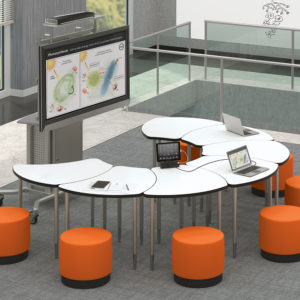

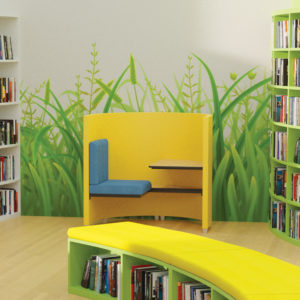
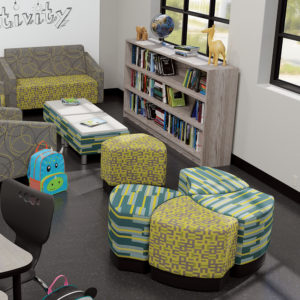
Recommended Products:
- Shapes Desk & Table
- Mid & High Back Soft Seating
- Privacy Pods
- Shapes & Pods Soft Seating
- Hierarchy Color Coordinated Furniture
Makerspaces
In conjunction with the emphasis on active and individualized learning, makerspaces are a frequent addition to the modern school library. Makerspaces provide students a valuable place to create, to build, and to experiment in a hands-on space with provided tools and materials.
According to a survey conducted by the School Library Journal in 2017, 55% of elementary school libraries and 61% of middle school libraries provide maker activities for the students, making it an essential place to outfit with the right furnishings.
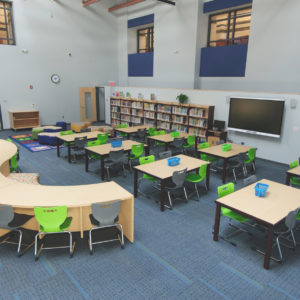
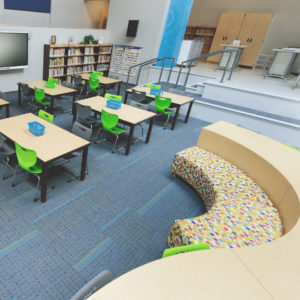
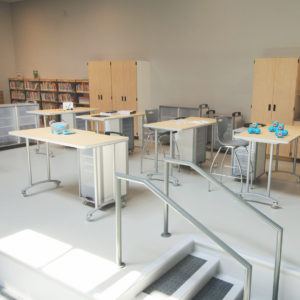
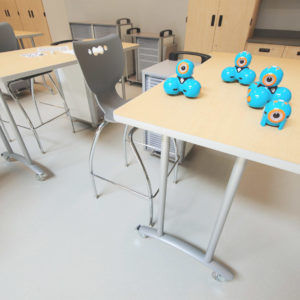
Recommended Products:
Topics: Collaboration
